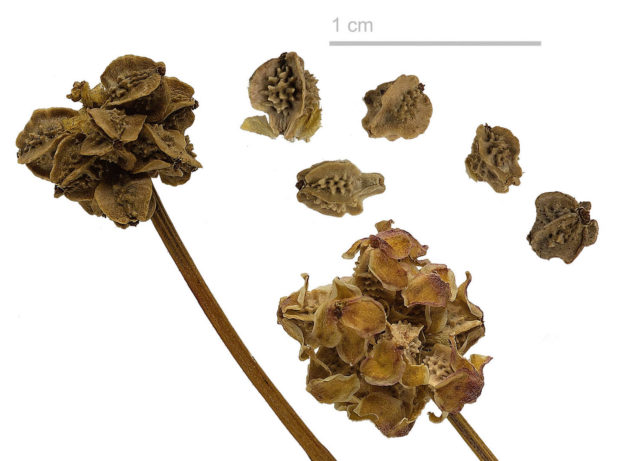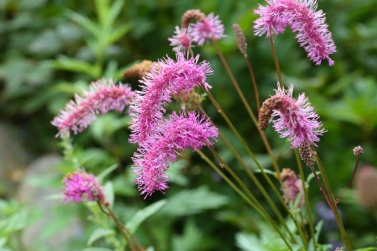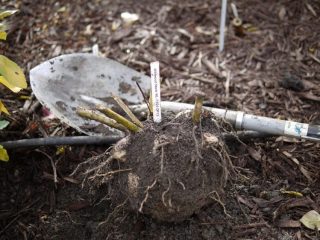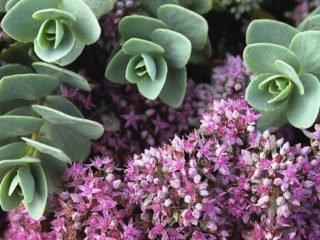Content
A representative of the Rosaceae family, the burnet plant grows in the wild, where it is easily recognized by its pink spikelets. The plant has long been cultivated and is used to decorate flower beds and lawns. The name "burnet" was given to the herb for its hemostatic properties.
Botanical description of the species
Under natural conditions, the burnet grows in temperate climates - in North America and Eurasia. The grass grows well and quickly in coastal areas, in forests, at the foot of mountains, forming impenetrable thickets.
Burnet burnet is a perennial, herbaceous, rhizomatous plant. Its stems are weakly branched, their height reaches 1 m. During the flowering period, the coverage of the bush reaches 0.6 m.
The leaves are unpaired, attached to the shoots by petioles. In the lower part of the burnet, there are more leaves; they form a large rosette. The leaf blade is small, complex, consists of 3 parts, each of which is ovoid or heart-shaped, the edges are carved, the color is bright green. An openwork, plant mesh is visible on the surface of the leaf. Until the formation of inflorescences, the green part of the crop itself is decorative.
According to the description and photo, Burnet is a rather interesting plant, the inflorescences of which resemble a pipe cleaner, elongated, narrow cones, and colored alder catkins. In different types of burnet, the color of the inflorescences can be pale pink, lilac, purple, or burgundy.

Burnet burnet grows quickly, filling all corners of the garden
Flowering of the burnet begins at the end of July and lasts approximately 65 days. The flower is a large spikelet up to 3 cm long. It is bright pink or pale lilac in color, located on drooping stems, itself framed by long thin hairs similar to fluff. As flowering progresses, the color of the spikelet becomes pale. There is another variety of Burnet Obtuz - Alba, this plant has a fluffy white cone.
The rhizome is thickened, woody, superficial, covered with cracked dark brown bark. The root shoots of the obtuse burnet lie horizontally or diagonally in the soil, their length does not exceed 12 cm. There are many fibrous shoots on the thick root.
Application in landscape design
Burnet burnet is an ideal plant for rock gardens, mixborders, and flower beds in a natural style. The culture looks good against the background of a green lawn, in the background of borders. In photos of landscape designs you can often see that large burnet bushes are used as a decorative frame for paths. The plant looks good in group plantings in the center of the lawn.

The culture develops well and grows near water bodies, fits perfectly into the landscape of an artificially created aquatic environment
Burnet burnet is combined with sage, daylilies, astilbes, and ornamental grasses. The crop is also suitable for cutting and looks good in dry bouquets.
https://www.youtube.com/watch?v=a2PKnTkUglg
Reproduction methods
Blunt burnet can be propagated by seeds or by dividing the roots. After flowering, small boxes filled with seeds form in place of the spikelets. They are collected, peeled, the seed material is removed, dried for 2-3 weeks, then placed in the ground before winter.

Seeds are not afraid of frost and have a high survival rate
In the spring, strong seedlings resistant to cold weather will appear. Young plants stay in one place all summer. At the beginning of autumn, they can be dug up and transferred to flower beds and flower beds.

The first, bright cones on young seedlings will appear after 2-3 years
Plants older than 5 years are propagated by root division. There will be only a few particles, but they will take root well. You can divide the root from May to August. An adult, strong bush is dug up, trying not to touch the root shoots. Cuts along the root are made with a sharp, sterile garden knife. A growth point is left on each particle. Living cuttings are treated with ash, and the plants are planted. Each division has a high survival rate, resistance to frost and disease.
Planting and caring for the blunt burnet
This plant is considered tenacious and unpretentious. The burnet grows as dull as a weed and requires virtually no care.
Recommended timing
Planting of young seedlings is carried out with the arrival of spring, when warm weather sets in - late April, May. A temporary drop in temperature is not harmful to the plant. You can also plant in September if the thermometer does not drop to 0 ᵒC. At this time, the seeds of the plant are planted in the soil.
Site selection and preparation
For planting, choose open areas; slightly shaded areas are also suitable.In order for the decorative qualities of the burnet to be fully manifested, the plant must be exposed to sunlight most of the day.
The planting area should not contain plant residues; it should be weeded and dug up, and the soil should be thoroughly crushed. These measures are necessary to remove larvae and adult insects, which will happily attack young seedlings. Ideally, the soil should “rest” for several years after the previous planting.
The culture grows well in abundantly moist and fertile soil, on chernozems, sandy loams, and loams with a loose structure. Grass grows poorly in alkaline soil; the acidity should be neutral or weak. Humus will help increase soil fertility; it is added to the soil a month before planting.
Groundwater will not harm the plant, but stagnation of moisture should not be allowed. Before planting, the soil is thoroughly loosened and watered.
Landing algorithm
Blunt burnet is grown from seeds or propagated by dividing the bush. The collected seeds are dried for 2 weeks, then planting begins.
How to plant:
- Form furrows 1 cm deep, pour a thin layer of ash or superphosphate on the bottom.
- Place the seeds in a thin layer, not too thickly, into the recesses.
For convenience, small seed material is placed in a syringe without a needle and squeezed out directly into the soil
- Cover the crops with a thin layer of fluffy soil.
- Sprinkle crushed peat crumbs on top of the bed.
Burnet burnet is planted away from other cultivated plants, since, as it grows, it draws nutrients from its neighbors.
Watering and fertilizing schedule
Burnet burnet does not tolerate drought well; water it frequently and abundantly, especially during the period of growth and flowering, ideally daily.The water should be cold, settled, and free of chlorine.

Burnet seedlings are blunt; after planting, water them abundantly before the onset of cold weather.
The first fertilizing is applied in the spring, with the onset of thaw. Liquid mineral complexes for garden flowers are suitable for these purposes. In general, the grass is fertilized 3 times during the season, alternating organic and mineral fertilizers. To fertilize, take liquid solutions of nutrients and apply them strictly at the root, protecting the leaves and stems from getting liquid. For example, superphosphate (200 g) is dissolved in a bucket of water, and mullein or bird droppings are diluted with water in a ratio of 1:10. The feeding procedure is carried out early in the morning or in the evening to prevent the formation of burns on the leaves of the burnet.
The soil is periodically loosened so that a crust does not appear on the surface, and air flows freely to the rhizome. Loosening is carried out carefully, trying not to damage the superficial root system of the bush.
Weeds are removed as they germinate. Burnet burnet is a tall plant with heavy inflorescences; in summer it needs support.

A light blow of wind can break thin stems; they are tied up or strengthened with decorative supports in flower beds
After flowering, burnet buds are cut off from the bush to prevent uncontrolled self-seeding. The procedure will also help preserve the decorative qualities of the crop.
Preparing for winter
Almost all types of burnet, including the blunt one, are frost-resistant. The plant does not need special shelter for the winter; it is left in the open ground.
Pests and diseases
The burnet is resistant to pests and diseases. In hot, dry summers, spots may appear on the leaves of the plant.Affected bushes are destroyed, healthy ones are treated with fungicides.
Insects do not like burnet, but they can move from neighboring plantings. To combat harmful insects, pesticides are used.
Conclusion
Burnet burnet is an unpretentious, hardy plant, resistant to diseases, pests and temperature changes. The culture takes root on any soil except alkaline soils; it can grow in one place for up to 40 years. Bright, fluffy spikelet-shaped inflorescences are suitable not only for decorating the garden, but also for cutting. Numerous advantages allow the perennial to remain a popular and desirable garden crop for many years.









